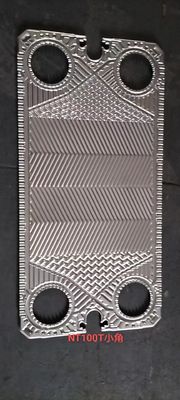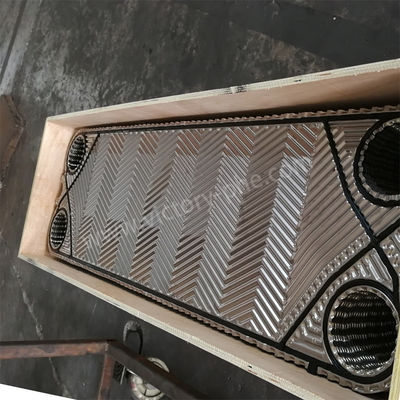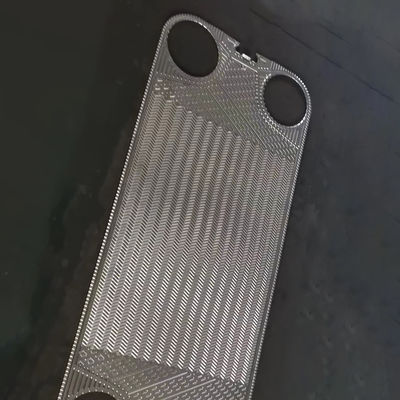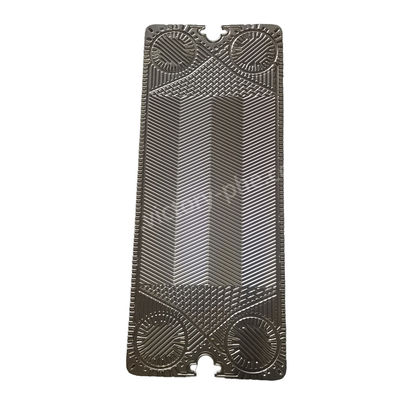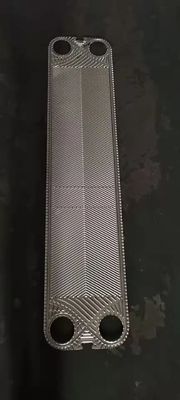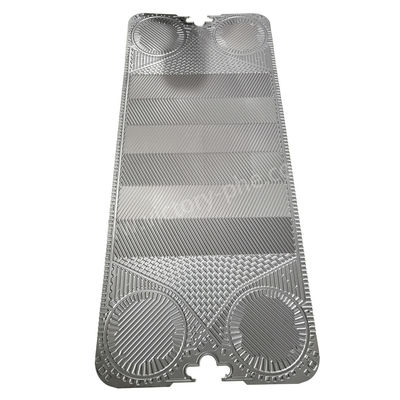In the circulating water heating process in HVAC and district heating, the plate heat exchanger is a liquid-liquid heat exchange process. Here's how it works:
1. Fluid flow: Plate heat exchangers consist of a series of metal plates arranged in parallel to form multiple channels. Hot and cold water flows through these channels.
2. Heat conduction: When hot and cold water pass through the plate heat exchanger, heat is conducted between them. Hot water flows in one channel and cold water flows in an adjacent channel. Due to the large contact area between the plates, heat is efficiently transferred from hot to cold water.
3. Heat exchange: Hot water transfers heat to cold water in the channel, causing it to heat up while being cooled itself. In this way, thermal energy is transferred from hot water to cold water.
4. Fluid Separation: Due to the separation between the plates, hot and cold water flow separately in the channels without mixing. This ensures heat exchange between the hot and cold water without mixing together.
5. Temperature control: Temperature control of the plate heat exchanger can be achieved by controlling the flow and temperature of hot and cold water. This allows the required temperature to be precisely regulated and maintained during HVAC and district heating processes.
The plate heat exchanger conducts heat conduction and heat exchange between hot and cold water through narrow channels between the plates, thereby heating or cooling the circulating water. Its compact design, efficient heat transfer and easy cleaning make it widely used in HVAC and district heating.

 Your message must be between 20-3,000 characters!
Your message must be between 20-3,000 characters! Please check your E-mail!
Please check your E-mail!  Your message must be between 20-3,000 characters!
Your message must be between 20-3,000 characters! Please check your E-mail!
Please check your E-mail! 
